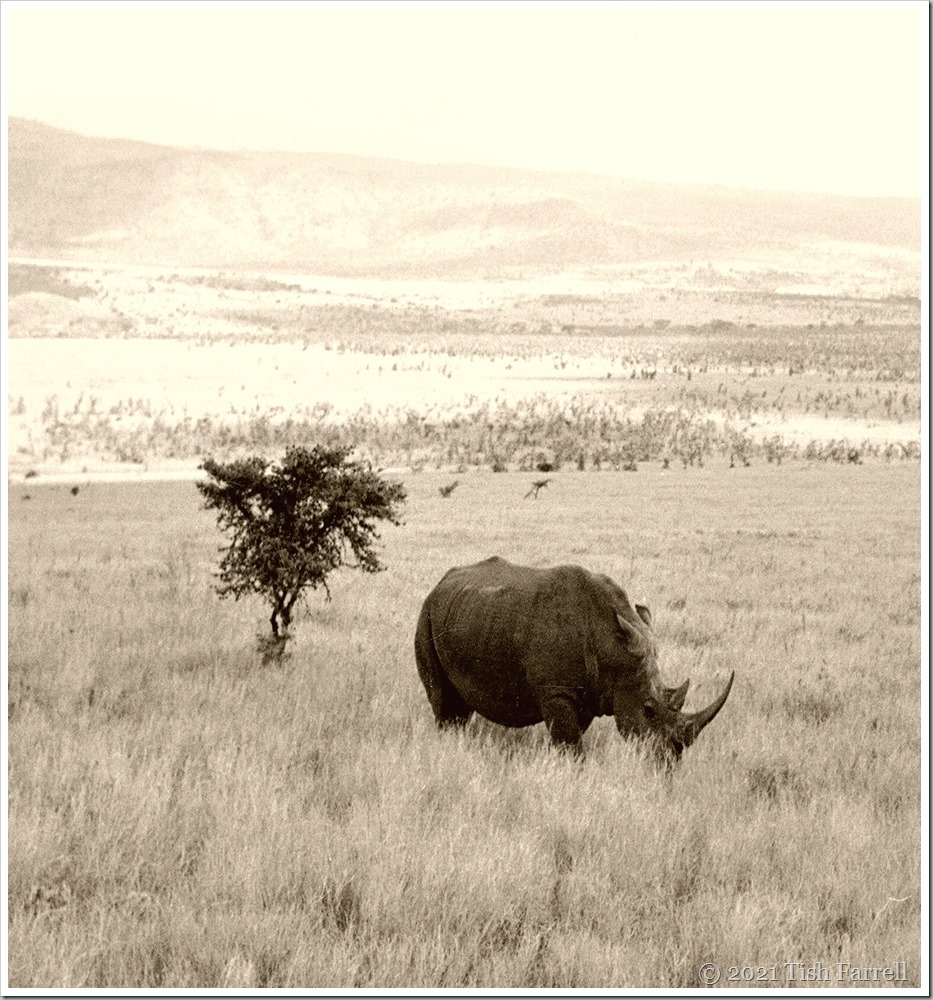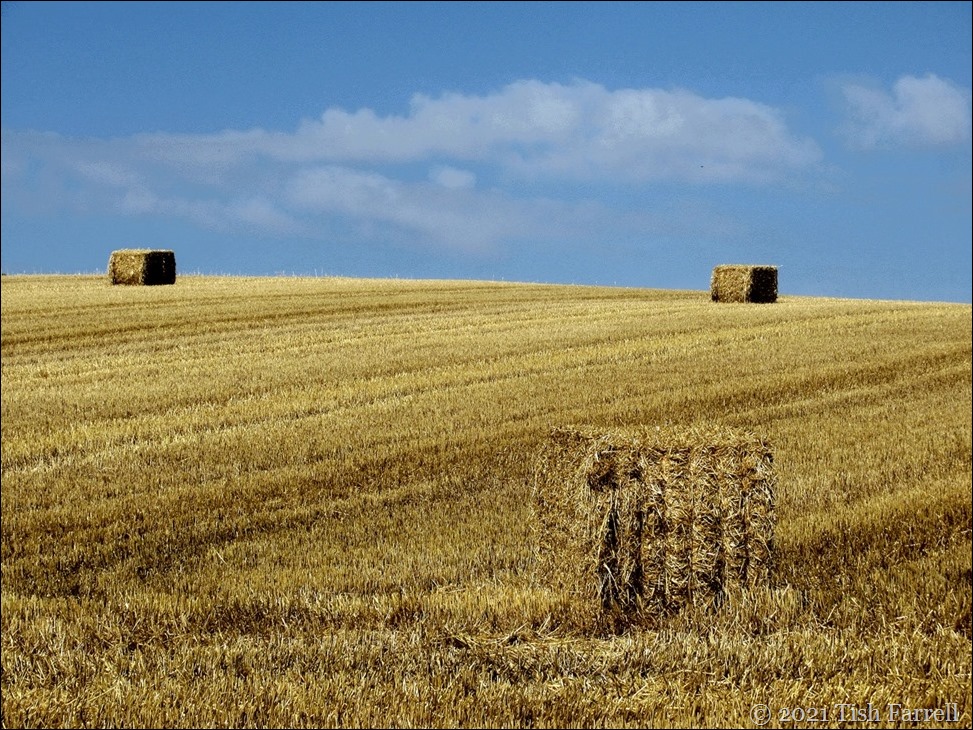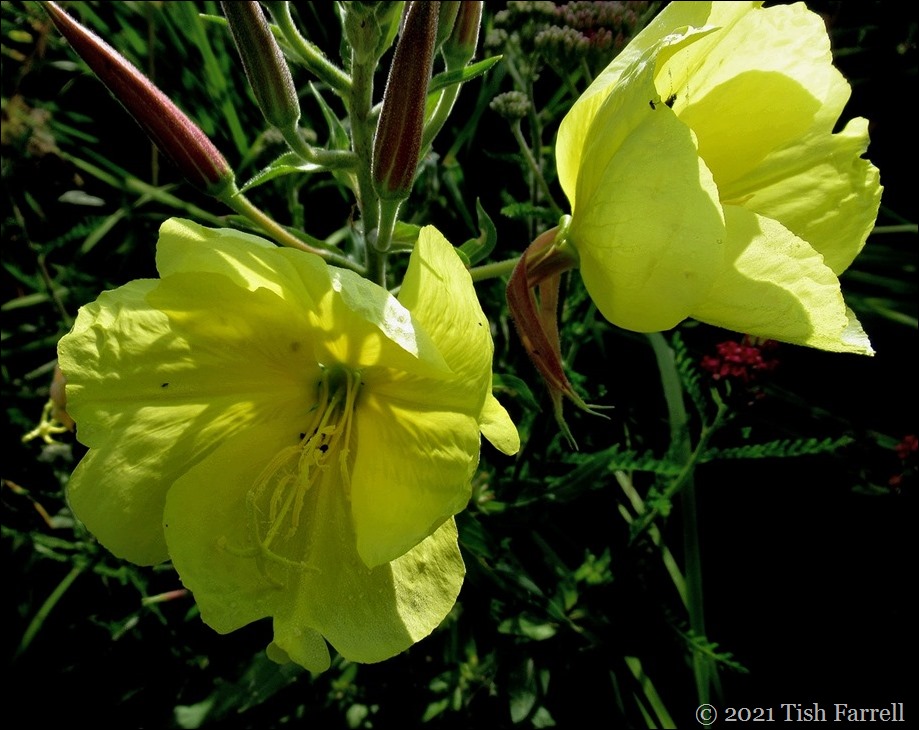
In another life I worked at the Ironbridge Gorge Museum Trust (IGMT). This was back in the days of government funded job-creation projects when these were the only means of beginning a museum career. I did various jobs – education officer, archaeology project supervisor, head cook at the New Inn at the Blists Hill Victorian Village. Fund-raising catering events also featured. I once devised lunch for a thousand Commonwealth University Vice Chancellors, and served apple pie in the Blists Hill Squatter Cottage to a bunch of bemused Italian Industrial Archaeologists. Then there was the party for the class of Welsh school children in the depths of the Tar Tunnel whither provisions were wheeled in on an old mine truck and we all had to wear hard hats with miner’s lamps, and the poor kids had to tuck into the party food before the dark, dank atmosphere of the tunnel turned the crisps and sausage rolls to mush.
But I digress. This is supposed to be about wheels and a (vaguely) technical explanation of the header photo is called for.
So: back in the early days of IGMT, as in the late 1960s, the putative museum had among its patrons venerable local industrialists, men who were worried that Shropshire’s industrial heritage would be lost in the van of Dawley (later Telford) New Town development. They had the notion of saving particular technological exemplars and exhibiting them, sculpture park fashion, on one of the Ironbridge Gorge’s abandoned industrial sites. Blists Hill seemed ideal because it was anyway rich in original 18th and 19 century industrial remains: blast furnaces, adits, canal, brickworks, steam-winding engine, and the fabulous inclined plane, (tar tunnel beneath) – all still waiting to be conserved and/or restored.
One of the first ‘exhibits’ to be relocated there was David and Sampson, a huge steam powered air blowing machine that from 1851 to 1900 had been deployed to stoke up the heat in four blast furnaces at the nearby Lilleshall Company.

Unfortunately I don’t have a photo of the two massive beams (obscured here by the protective superstructure) but you can see what they look like at this link. Both beam engines were harnessed to and regulated by a single large flywheel., each connected to a steam cylinder (beside the wheel) and a big air tub (to the rear). Between them, the engines pushed out 12,500 cubic feet of air per minute. As in WHOOSH!
These days, it’s hard to imagine that East Shropshire was once a centre of industry – i.e. from early mediaeval monastic days to the 1960s. The Lilleshall Company that originally commissioned the beam engines from Murdock, Aitken and Co, Glasgow – was active in iron and steel production, coal mining, engineering and brick making over some 150 years, and belongs to the latter phase of Shropshire’s industrial history. (There is more about Murdock, Aitken and Co plus some old photos of beam engines HERE.)
And while we’re at Blists Hill and looking at wheels, here’s the restored pit head of an original 19th century mine, also operated by a very fine (still working) steam engine. The local mines very conveniently produced fire clay, iron ore and coal – just what the industrial entrepreneur ordered.

Blists Hill pit head, and 19th century brickworks ruins behind.
Cee’s Black & White Photo Challenge: wheels































































